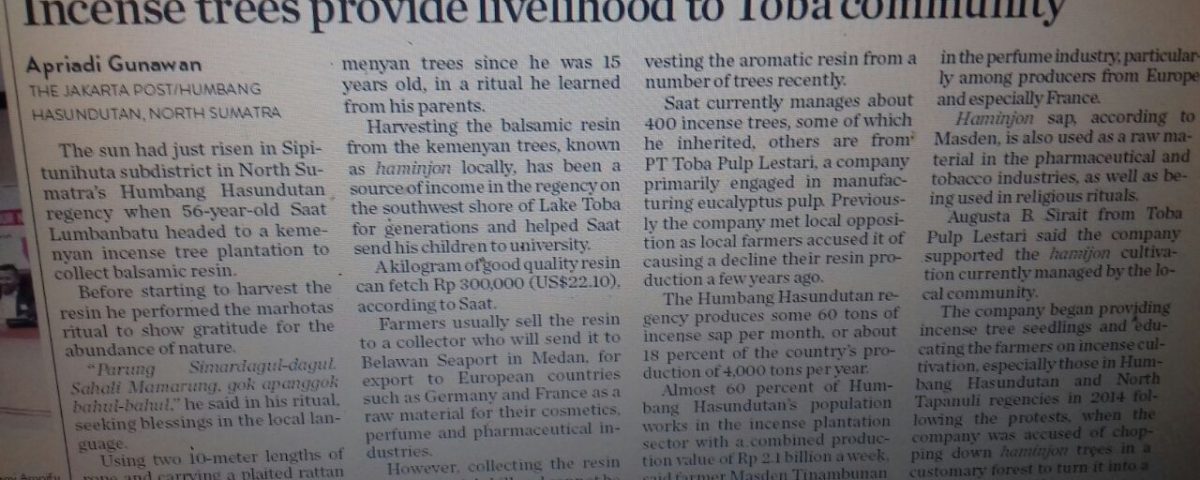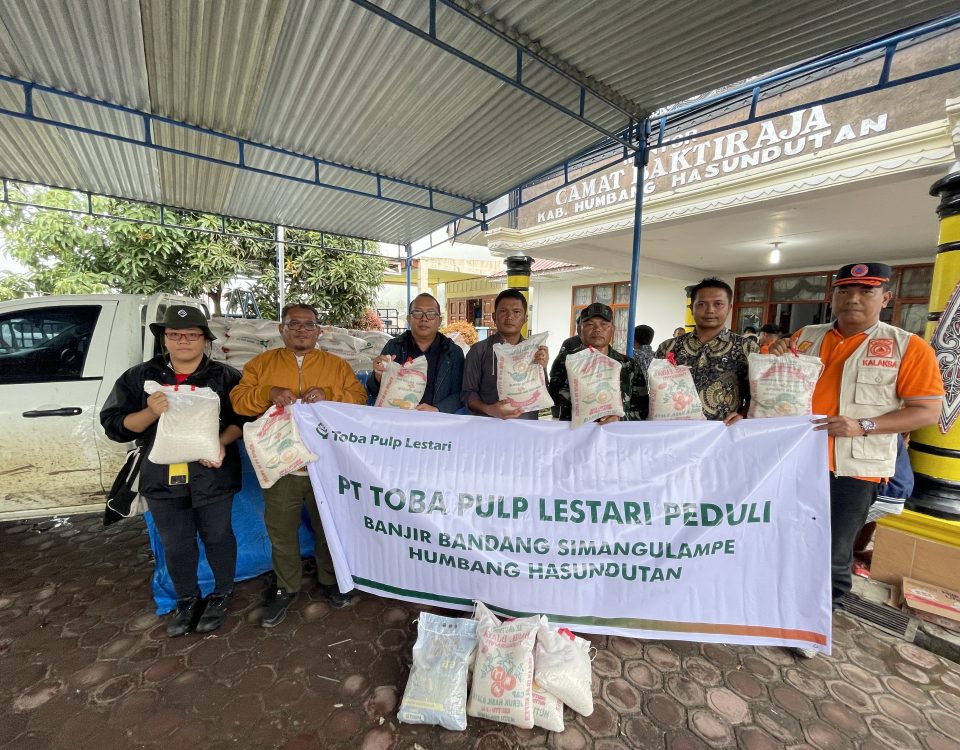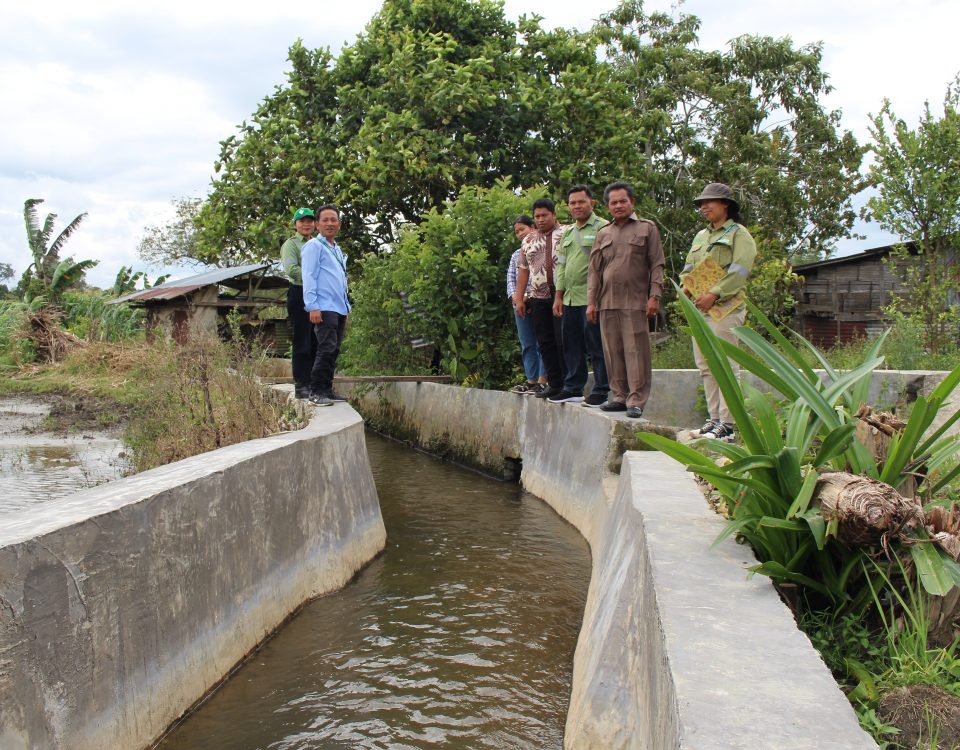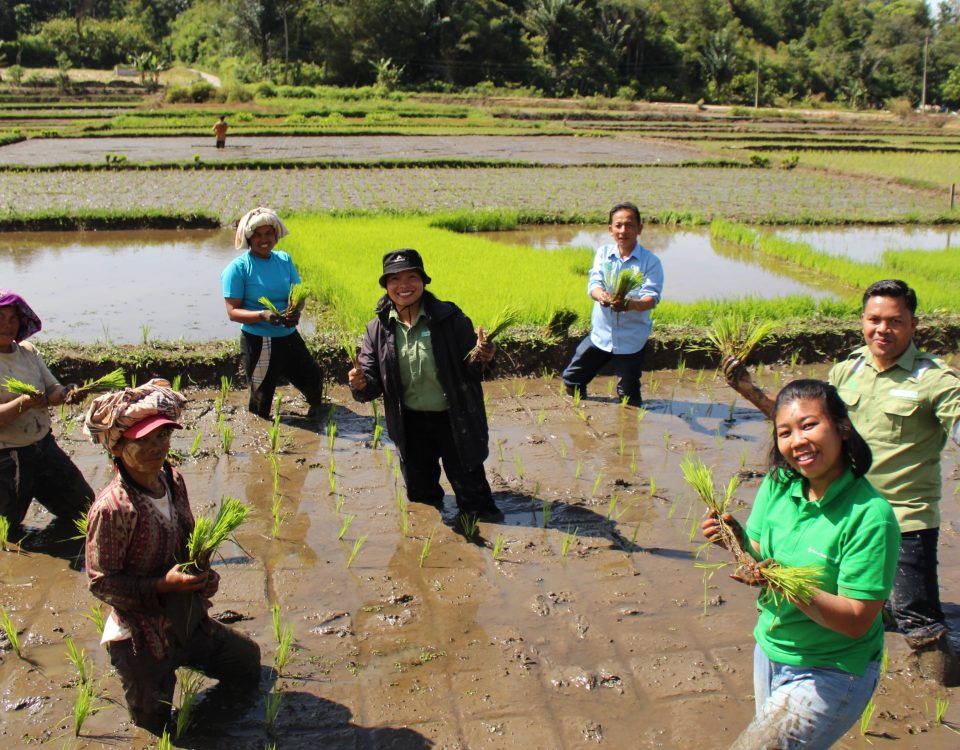Incense Trees provide livelihood to Toba community

Karyawan PT. Toba Pulp Lestari, Tbk. (TPL) Ikuti Kegiatan Safety Training
3 Oktober, 2017
PT Toba Pulp Lestari, Tbk. Perbaiki dan Perlebar Jalan di Tiga Desa di Kabupaten Simalungun
5 Oktober, 2017The Jakarta Post
Humbang Hasundutan, North Sumatra | Wed, October 4 2017 | 01:22 am
The sun had just risen in Sipitunihuta subdistrict in North Sumatra’s Humbang Hasundutan regency when 56-year-old Saat Lumbanbatu headed to a kemenyan incense tree plantation to collect balsamic resin.
Before starting to harvest the resin he performed the marhotas ritual to show gratitude for the abundance of nature.
“Parung Simardagul-dagul. Sahali Mamarung, gok apanggok bahul-bahul,”he said in his ritual, seeking blessings in the local language.
Using two 10-meter lengths of rope and carrying a plaited rattan basket on his back, Saat began to climb the tree to collect the resin, which is used in the production of cosmetics, perfume and medicines.
Saat has been sapping the kemenyan trees since he was 15 years old, in a ritual he learned from his parents.
Harvesting the balsamic resin from the kemenyan trees, known as haminjonlocally, has been a source of income in the regency on the southwest shore of Lake Toba for generations and helped Saat send his children to university.
A kilogram of good quality resin can fetch Rp 300,000 (US$22.10), according to Saat.
Farmers usually sell the resin to a collector who will send it to Belawan Seaport in Medan, for export to European countries such as Germany and France as a raw material for their cosmetics, perfume and pharmaceutical industries.
However, collecting the resin needs a special skill and cannot be conducted at any time.
“I do the sapping once every four months because only then is the resin ready,” he said after harvesting the aromatic resin from a number of trees recently.
Saat currently manages about 400 incense trees, some of which he inherited, others are from PT Toba Pulp Lestari, a company primarily engaged in manufacturing eucalyptus pulp. Previously the company met local opposition as local farmers accused it of causing a decline their resin production a few years ago.
The Humbang Hasundutan regency produces some 60 tons of incense sap per month, or about 18 percent of the country’s production of 4,000 tons per year.
Almost 60 percent of Humbang Hasundutan’s population works in the incense plantation sector with a combined production value of Rp 2.1 billion a week, said farmer Masden Tinambunan of Parlilitan district.
Masden said the resin from Humbang Hasundutan was known for its good quality as a raw material in the perfume industry, particularly among producers from Europe and especially France.
Haminjon sap, according to Masden, is also used as a raw material in the pharmaceutical and tobacco industries, as well as being used in religious rituals.
Augusta B. Sirait from Toba Pulp Lestari said the company supported the hamijon cultivation currently managed by the local community.
The company began providing incense tree seedlings and educating the farmers on incense cultivation, especially those in Humbang Hasundutan and North Tapanuli regencies in 2014 following the protests, when the company was accused of chopping down haminjon trees in a customary forest to turn it into a eucalyptus plantation.
“We have distributed 24,441 incense seedlings for cultivation in the last three years,” Augusta said.
sumber: http://www.thejakartapost.com/news/2017/10/04/incense-trees-provide-livelihood-toba-community.html




